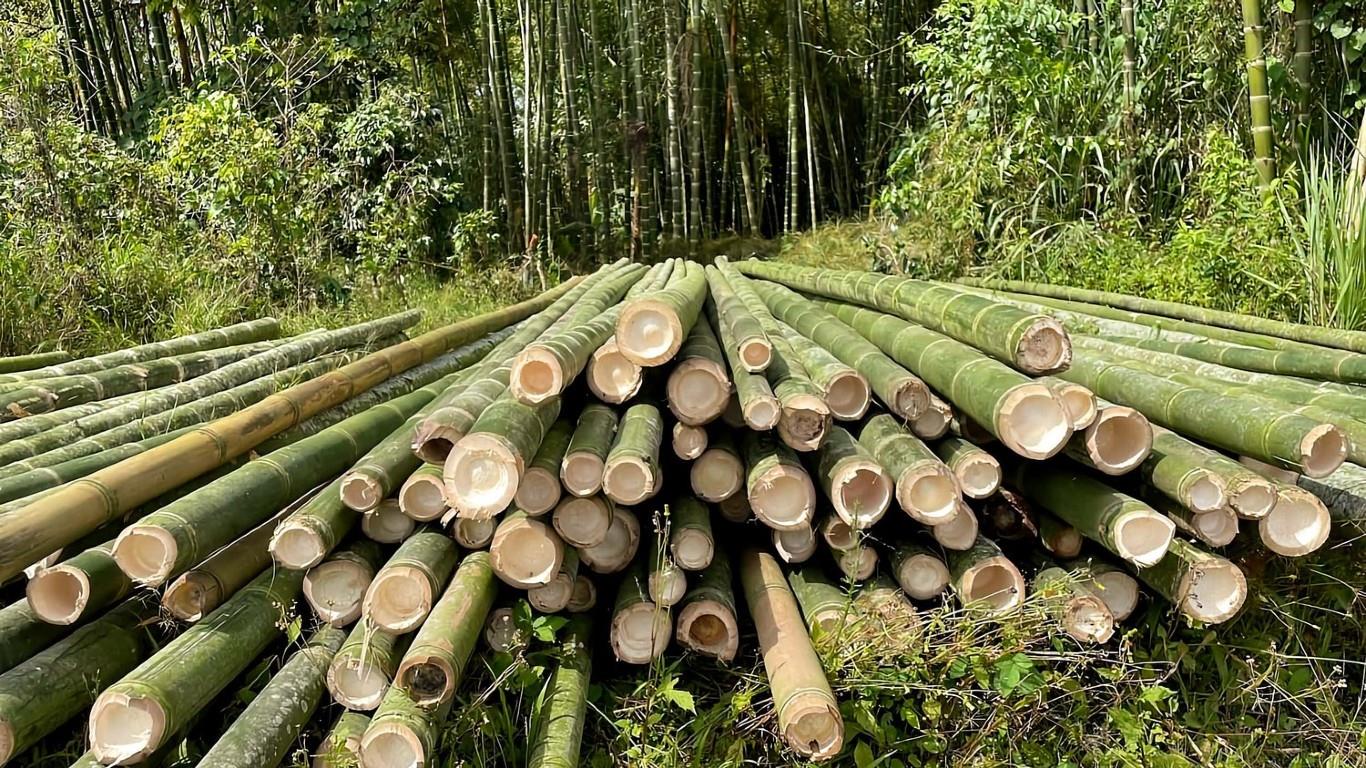
Tripura Looks To Bamboo For Economic Growth, Seeks Central Support
The meeting also addressed the recently inaugurated Agartala-Akhaura railway link, which aims to strengthen connectivity between India's Northeast and Bangladesh.
With Tripura experiencing unusually heavy rainfall this year-exceeding 500 mm-the Chief Minister sought technological support for improved forecasting and disaster preparedness.
In response, Dr. Jitendra Singh assured that the Ministry of Earth Sciences would establish a state-of-the-art weather radar in the state within a year.
This radar, along with the existing Space Research Centre in the region, will enhance real-time weather predictions for rainfall and cyclones, helping mitigate the impact of extreme weather events.
Discussions also focused on the strategic development of Tripura's extensive bamboo reserves. The Union Minister stated that specialised institutes in Assam and Manipur, dedicated to biotechnology and bamboo research, would collaborate with the Tripura government to harness bamboo's economic potential.
This initiative is expected to drive industrial applications, promote sustainable livelihoods, and contribute to economic growth in the state.
Administrative matters, including the placement of bureaucrats and officers in the state, were also raised during the meeting. Dr. Jitendra Singh acknowledged these concerns and assured that discussions with relevant authorities would be held to address them.
Additionally, Dr. Manik Saha briefed the Union Minister on the establishment of Tripura's first Government Dental College, a significant milestone in the state's healthcare and education sectors.
Given Dr. Saha's background as a dental professional, the institution aims to bolster healthcare infrastructure and provide enhanced educational opportunities in Tripura.
The operationalisation of the Agartala-Akhaura railway link was another key topic of discussion. Dr. Jitendra Singh, who had actively pursued this project during his tenure as Minister for the Development of the North Eastern Region (DoNER), highlighted its significance.
The 12.24 km rail corridor, with 5.46 km in Tripura and 6.78 km in Bangladesh, re-establishes historic ties between India's Northeast and Bangladesh's ports, facilitating trade and strengthening people-to-people connectivity.
The link is expected to enhance economic prospects for Tripura and the entire Northeast region by providing a faster route to international markets.
The meeting underscored the Centre's commitment to supporting Tripura's development through technological advancements, administrative coordination, and improved regional connectivity.
(KNN Bureau)
Legal Disclaimer:
MENAFN provides the information “as is” without warranty of any kind. We do not accept any responsibility or liability for the accuracy, content, images, videos, licenses, completeness, legality, or reliability of the information contained in this article. If you have any complaints or copyright issues related to this article, kindly contact the provider above.






















Comments
No comment